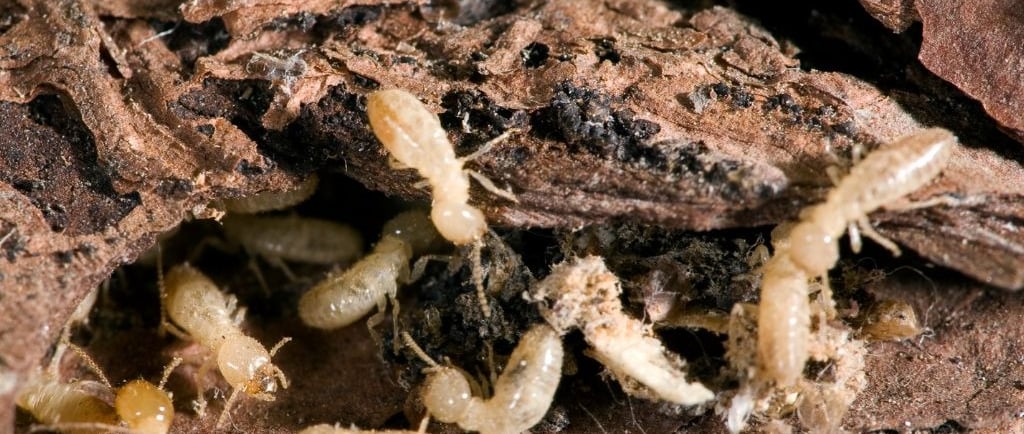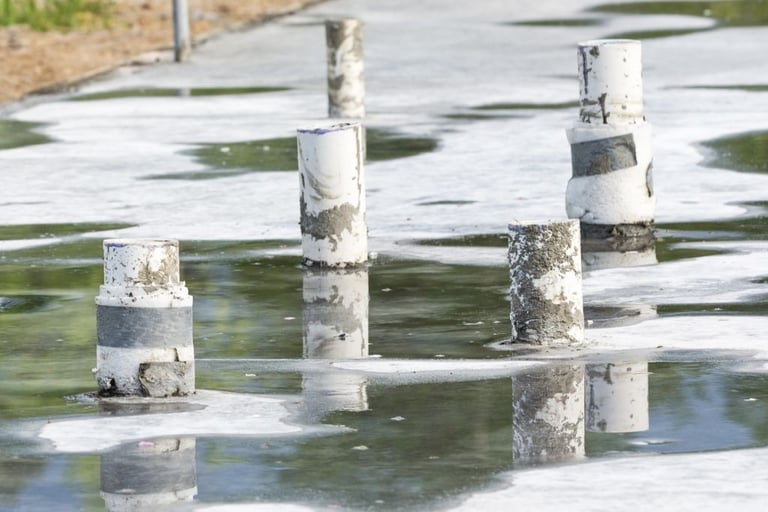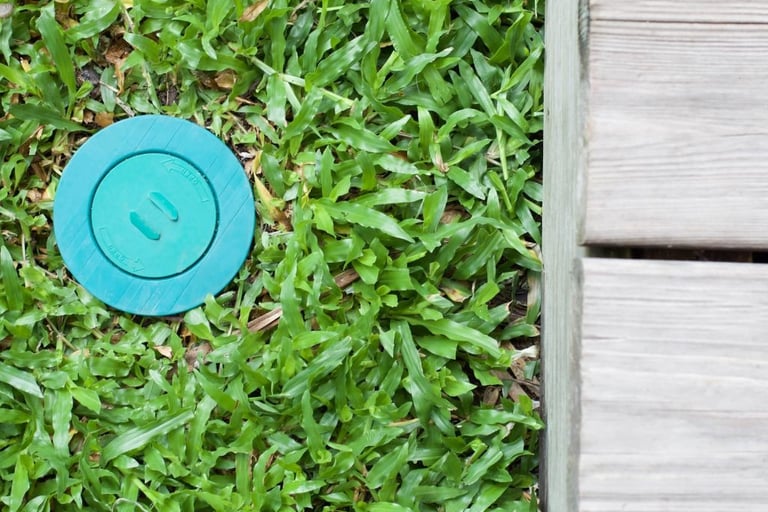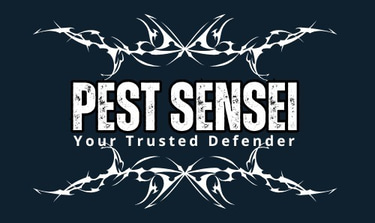Can You Really Prevent Termites? The Truth About Subterranean Termite Prevention
Many homeowners are made to believe termite prevention is foolproof, but is it really? Learn how anti-termite treatments work and their limitations. Stay informed and protect your home.
Chan, H.H.


When it comes to subterranean termites, the idea of complete prevention is a common misconception. The truth is, we cannot achieve 100% termite prevention. No matter how many precautions we take, subterranean termites are persistent pests that can find their way into a home if the conditions are right.
To understand why total prevention is impossible, we first need to look at how subterranean termites invade houses.
How Do Subterranean Termites Enter Homes?
Subterranean termites live underground and rely on soil moisture to survive. They enter homes primarily through:
Cracks in the Foundation – Even the smallest cracks in cement floors or walls can provide an entry point. For example:
Gaps where utility pipes penetrate the concrete.
Expansion joints in foundation slabs.
Settling cracks in the floor slab or walls.


Termites can invade houses through the cracks along the utility pipes running through the concrete slab
Soil Contact with Wood – If any part of your home, such as wooden flooring, door frames, or structural beams, comes into direct contact with the soil, termites can easily access and start feeding on them.
Mud Tubes – Termites construct protective mud tubes to travel from the soil to the wood inside your home, bypassing obstacles like concrete and exposed surfaces.
How to Reduce the Risk of Termite Infestation
While we can’t completely stop termites from attempting to enter, we can reduce the risk of infestation through certain measures.
Pre-Construction Soil Treatment
In Malaysia, particularly Johor Bahru, soil treatment or "anti-termite treatment" is often regarded as the gold standard in termite prevention. Certain building standards or developers make it compulsory for properties to undergo this treatment before pouring the concrete slab.
The termiticide applied forms a continuous barrier, killing termites that attempt to cross it. The barrier typically lasts for around 5 years, with some brands offering up to 8 years of protection. Sounds great, right?
There is a catch, though. By the time homeowners receive the keys to their new house, the treatment is already 3-4 years old, assuming no delay in handover. After renovations, which typically take around 6 months, you are left with just 6-18 months of protection.
Moreover, underground soil movements are not uncommon, especially in Malaysia where heavy rains are frequent. This soil movement can break the barrier, reducing its effectiveness.
Post Construction Soil Treatment
For existing homes, termite control applicators perform post-construction soil treatment by:
Drilling holes along the perimeter of the house (usually 30 cm apart).
Injecting termiticide into the soil to create a chemical barrier.
Limitations of Post-Construction Soil Treatment
The treatment is only applied along the perimeter of the home, forming a non-continuous barrier.
If termites find an entry point beyond the treated perimeter (e.g., through underground cracks further inside), they can still infest the house.
Termite Baiting System (In-Ground or IG)
An alternative approach to soil treatment is the in-ground termite baiting system. This method involves placing in-ground bait stations around the perimeter of the home. These stations contain termite attractants combined with a slow-acting toxic substance.
How Termite Baiting Works
Termites workers find the bait and carry it back to their colony.
The bait disrupts termite growth, leading to colony elimination over time.
Regular monitoring and bait replenishment are required for continued effectiveness.
Limitations of the In-Ground Baiting System
Rely on termites to reach the bait station by chance. There is still a possibility where termites missed the bait stations and reach your home.
Requires consistent monitoring and maintenance to replenish bait.


Repellent vs. Non-Repellent Termiticides
There are two main types of soil treatment termiticides:
Repellent Termiticides
Create a chemical barrier that termites avoid.
If the barrier has any gaps (due to improper application or soil movement), termites can find a way around it and still invade.
Usually much cheaper.
Non-Repellent Termiticides
Termites do not detect the chemical and unknowingly pass through it, by chance.
The termiticide spreads within the colony, leading to termite elimination.
Generally more effective than repellent termiticides.
More expensive solution.
Conclusion
While we cannot 100% prevent termites, we can significantly reduce the risk through frequent inspections by professional pest management operator and soil treatments or in-ground baiting system. Understanding how termites enter homes and the limitations of various treatments can help homeowners make informed decisions about protecting their property.
If you suspect termite activity in your home, contact Pest Sensei today for an inspection and expert solutions.
Pest Sensei
Expert pest control solutions for your needs in Johor Bahru and surrounding areas.
© 2025. All rights reserved.
Powered by Solbright
